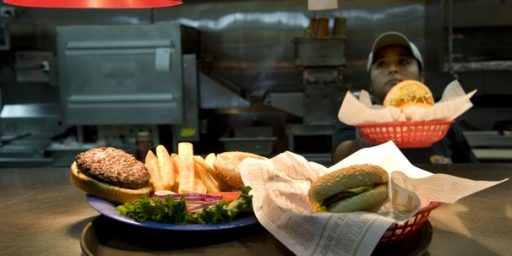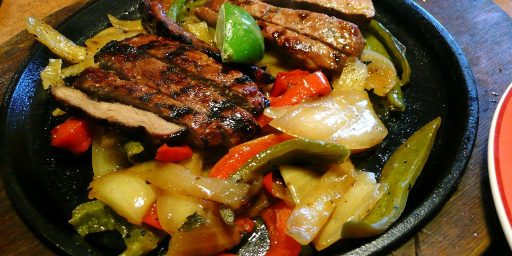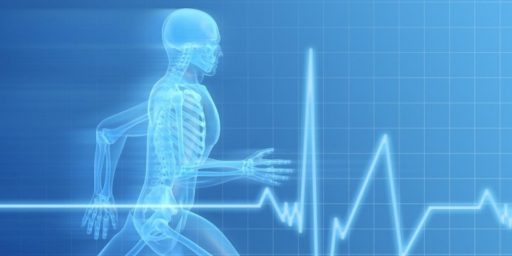Low Carb Products
A Carb Is a Carb Is a Carb – The misleading marketing of packaged low-carb products
As the low-carb food craze—propelled by high-profile diets such as Atkins and South Beach—becomes increasingly mainstream, it is difficult to find a grocery store, let alone a health-food store, without a selection of “carb aware,” “carb fit,” or “low-carb lifestyle” products promising all the taste of regular cookies, pastas, and cereals, with fewer grams of now-suspect carbohydrates. Even chain restaurants such as T.G.I. Friday’s, Bennigan’s, and Ruby Tuesday have begun to offer low-carb options. And a new survey by equity researchers at Morgan Stanley suggests that fully 22 percent of American adults are trying to limit their carbohydrate intake at least somewhat (though according to the survey the numbers may have dipped slightly in recent months).
*** Yet in true American fashion, we have taken this craze to its illogical extreme, creating all manner of low-carb products, including pastas, cereals, chocolate bars, brownies, and ice cream. In other words, instead of cutting out refined sugars and flours and moving toward more of a “whole foods” approach—which is what these diets implicitly (or explicitly) encourage—we have managed to spawn yet another generation of packaged, artificial foods. This is precisely what happened with the low-fat food boom in the ’80s and ’90s, which promised a dietetic alternative to every conceivable high-fat snack food and dessert. Indeed, many of the same physicians who tout the health benefits of low-carb diets worry that the sheer availability of low-carb options will confuse and mislead many dieters.
Part of the problem is that the frenzy over limiting carbs has diverted attention from the question of calories. One of the original rationales for reduced-carb diets was that they are naturally calorie-limiting; people eat less simply because they feel more sated. (In the studies cited above, all of which predate the boom in low-carb consumer fare, this is the mechanism that seems to be at work; patients tended to limit caloric intake without being told to do so.) But as Bonnie Liebman, director of nutrition at the Center for Science in the Public Interest, told me: The reduced-carb alternatives now promoted by many chain restaurants are not necessarily low in calories. At Ruby Tuesday, for instance, the Low-Carb Steak Fajitas, Black & Bleu Burger Wrap, and Cajun Chicken Salad contain roughly 1,000 calories each—approximately half of an adult’s daily caloric requirement. At grocery stores, low-carb frozen dinners and desserts often have as many calories as their traditional counterparts: a cup, say, of Breyers CarbSmart Ice Cream contains roughly 260 calories—approximately as much as Breyers original (and far tastier) ice cream. Perhaps the lessons of the low-fat food boom are instructive here: namely, that it is not possible to consume unlimited bagels, SnackWell’s, and fat-free ice cream and still lose weight. Similarly, one cannot eat steak fajitas, brie, and low-carb cookies with abandon and expect a low-carb regimen to work magic (as many dieters surely realize).
Interesting.






Hm. I believe some fitness blogger predicted this at – was it the beginning of 2004? I believe it was.
I’m surprised one of the campaigns didn’t tout their candidate as “Low Carb.”
Many dieters surely do NOT realize this point. If they did, low-carb diets would go the way of the pet rock.
But people are inherently lazy, and they want easy answers. I just wish there were some.
I agree with the rest of the article, though.
Lo carb products may have as many calories as their regular counterparts, but remember, as many as 16 million in the US are diagnosed as Type 2 diabetics and perhaps twice that number are pre-disposed to diabetes – especially those seriously overweight around the middle.
These lo-carb foods are a godsend to those who need to watch their carbs to keep their blood sugars under control – and to anyone who wants to avoid putting too much stress on their sugar regulating mechanisms.
Cheers all.